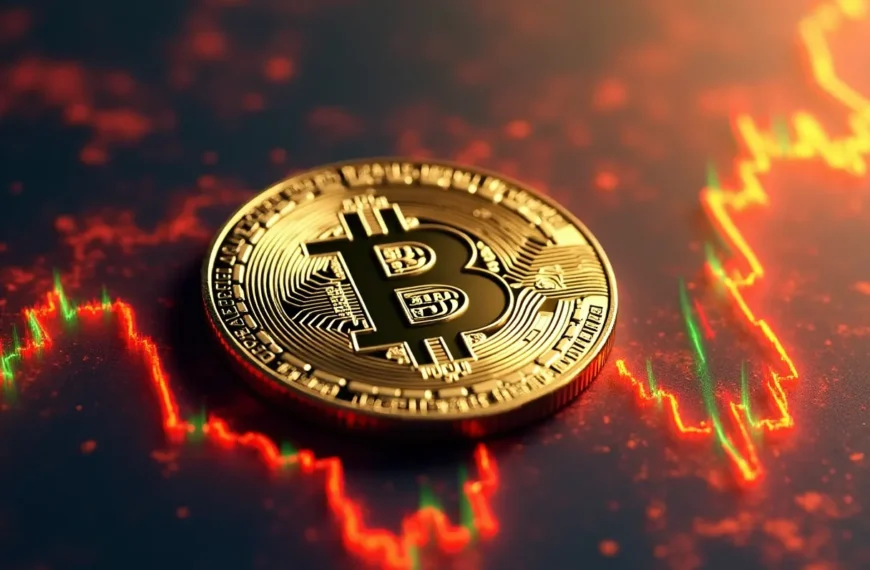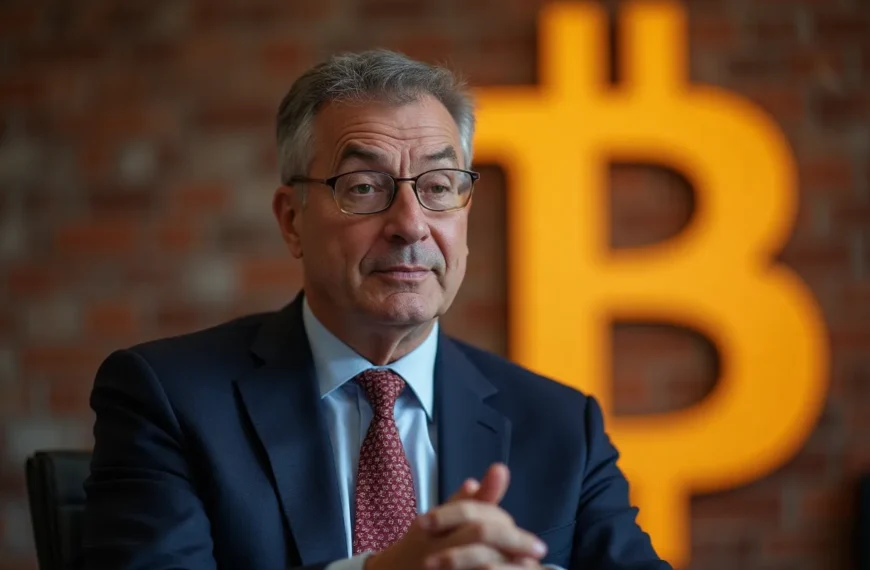Understanding the Relationship Between Bitcoin and Gold
In recent years, Bitcoin has emerged as a popular alternative investment, often being compared to traditional assets like gold. Both assets are seen as hedges against inflation and economic instability, but recent market dynamics have highlighted a shift in investor sentiment. As economic uncertainties continue to affect global markets, many investors have turned their focus back to real gold, leaving Bitcoin in a precarious position.
The Current Market Landscape
The financial markets have experienced significant volatility influenced by various factors, including geopolitical tensions, inflation concerns, and changing monetary policies. This has resulted in a sell-off in equity markets and a re-evaluation of investment strategies. During such turbulent times, investors typically seek safe-haven assets, and historically, gold has been the go-to choice.
Why Gold Remains a Safe Haven
Gold has been revered for centuries as a store of value and a hedge against inflation. Its intrinsic value, scarcity, and physical nature grant it a unique position in the financial ecosystem. In times of economic uncertainty, the following characteristics of gold make it an attractive option:
These attributes have driven investors to favor gold over Bitcoin, especially during recent market sell-offs.
Bitcoin’s Volatility and Market Sentiment
While Bitcoin was initially perceived as a digital gold alternative, its price volatility has raised questions about its reliability as a safe haven. Unlike gold, Bitcoin’s value is significantly influenced by market sentiment, regulatory news, and technological developments. This volatility can be seen as both a risk and an opportunity.
Key Factors Impacting Bitcoin’s Value
Several factors contribute to the fluctuating value of Bitcoin:
The combination of these factors has led to a perception among some investors that Bitcoin is more of a speculative asset rather than a stable store of value.
Investor Behavior During Market Turmoil
As markets have turned tumultuous, investors have increasingly gravitated toward gold. This shift reflects a desire for security and reliability in uncertain times. The recent market behavior indicates that traditional assets may still hold more appeal than digital currencies for risk-averse investors.
Gold vs. Bitcoin: A Comparative Analysis
When comparing gold and Bitcoin, it’s crucial to understand their fundamental differences and how they react under various market conditions:
Liquidity: Both assets offer liquidity, but gold can be more easily liquidated in periods of crisis.
Volatility: Bitcoin experiences higher volatility, which can lead to greater short-term gains but also significant losses.
Intrinsic Value: Gold has intrinsic value due to its physical properties, while Bitcoin’s value is largely determined by market demand.
Historical Performance: Gold has a proven track record as a stable asset, while Bitcoin is still establishing its long-term viability.
Future Implications for Investors
As we look to the future, it is essential for investors to consider their risk tolerance and investment goals. While Bitcoin may offer the potential for high returns, it comes with substantial risks. Gold, on the other hand, provides a more stable investment option during uncertain times.
Developing a Balanced Portfolio
A prudent investment strategy may involve a combination of both assets:
Ultimately, the decision to invest in Bitcoin or gold should align with individual financial objectives and market outlook.
Conclusion
In conclusion, while Bitcoin has gained significant popularity as a digital asset, the recent market conditions have led many investors to favor traditional gold as a safe haven. The differences in stability, liquidity, and intrinsic value between the two assets highlight the necessity for a well-thought-out investment strategy. As uncertainty continues to loom over the financial markets, gold’s longstanding reputation as a reliable store of value remains compelling. Investors are advised to stay informed and adapt their strategies to navigate the evolving landscape of investment opportunities.






